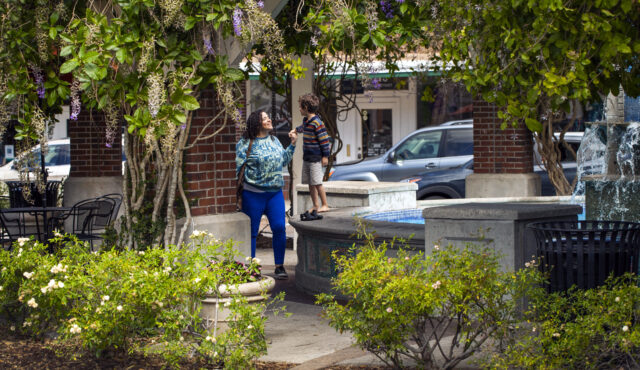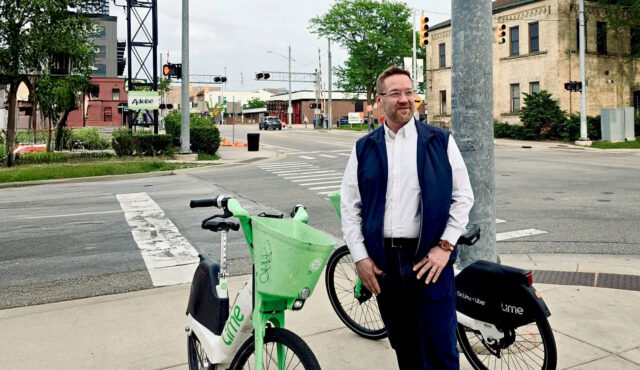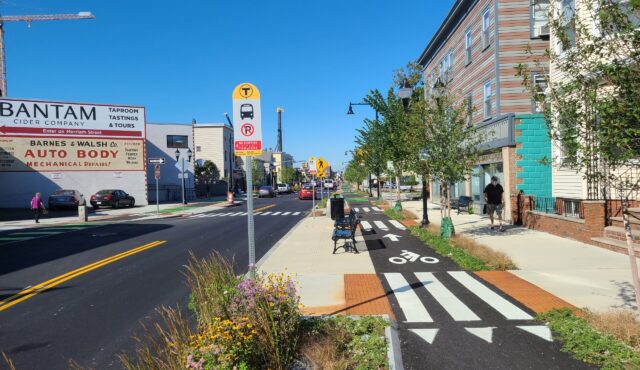
Life is a series of collected experiences.
The events in our lives — good, bad, or somewhere in between — make an impact on who we are and how we feel. When we reflect on the past, it’s often the memory of an experience that first comes to mind.
When you look back on your collective transportation experience — how would you describe it? Memorable? Joyful? Exciting?
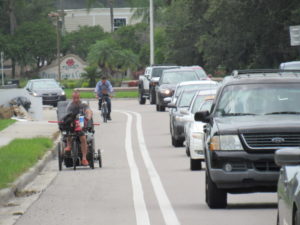
A significant portion of our life is spent in transport — moving from one place to another by foot, bike, car, or public transit. In fact, the average person spends about an hour commuting to and from work every day. That’s nearly 200 hours, or 9 days, of every year…just going to work. Include other trips like running errands, going to see friends, or taking children to events, and some days, the amount of time we spend in transit is more than the time we spend at our destinations.
What if that experience of getting from A to B wasn’t just about doing it as quickly as possible, but instead was something truly enjoyable? From our streets and highways to boarding pass systems at transit stations and everything in between, we’ve made experience an afterthought, if we’ve even considered it at all. (We’ve given safety the same treatment, as my colleagues have illustrated at length.)
Yet, at our destinations — be it our homes, our places of employment, or our parks, plazas, schools, entertainment centers, or shopping centers — experience is important. These places express our values. And for the most part, someone has taken care to design these spaces in a way that sees value in them as places where life happens rather than just places that we pass through.
So if we agree that places are important as experiences, and that we spend so much of our time in transit, imagine if we put the same care into designing a transportation system that is as sensitive to the experiential qualities as our places. 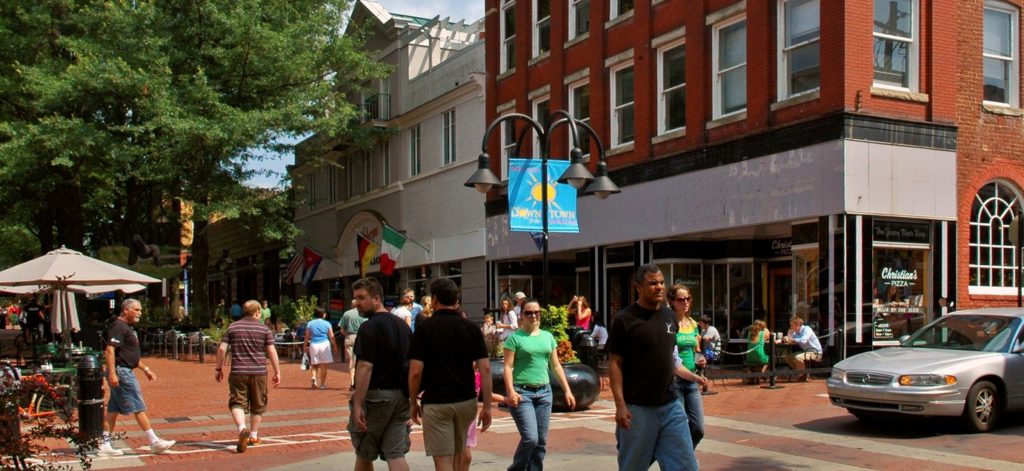 If experience was a central part of the conversation and creation of our transportation system, that system would look vastly different than it does today. It would be one that was human-scale, engaging, and enjoyable.
If experience was a central part of the conversation and creation of our transportation system, that system would look vastly different than it does today. It would be one that was human-scale, engaging, and enjoyable.
I’m regularly baffled by even the way in which we talk about transportation. Too often the conversation is about accommodating large vehicles or making a transportation corridor as “efficient” (read: fast) as possible. The design of our streets shouldn’t so quickly become a conversation about how wide they need to be to accommodate a large vehicle or how to minimize delay. The conversation should be about how streets can reflect and be supportive of a community’s values.
We know how to do this. For centuries, streets throughout the world have been designed to be human-scale. It’s true that we have plenty of dangerous roads running through our communities today, but we should also draw inspiration from designs where scale and proportion create a sense of comfort and safety; where rhythm and materials appropriately frame viewsheds and capture our attention. Streets of every scale have long served as places that contribute to a community’s identity, and our goal should be to place this tradition back at the top of every designer’s priority list.
We have modern day examples as well, of course, thanks to community members, policy makers, and designers that start the street design process with a conversation about community values. These streets are the ones we gravitate toward because they provide a great experience and a place where life can happen. They are the ones that become memorable because of things like the iconic trees that frame a view, the paving patterns that emphasize spaces and feel like they had always been there, the sounds of conversations that linger rather than the roar of engines, and the spaces to sit provide a comfortable place of respite.
A human-centered approach to the design of our transportation system is not a new idea — it’s just good design.

